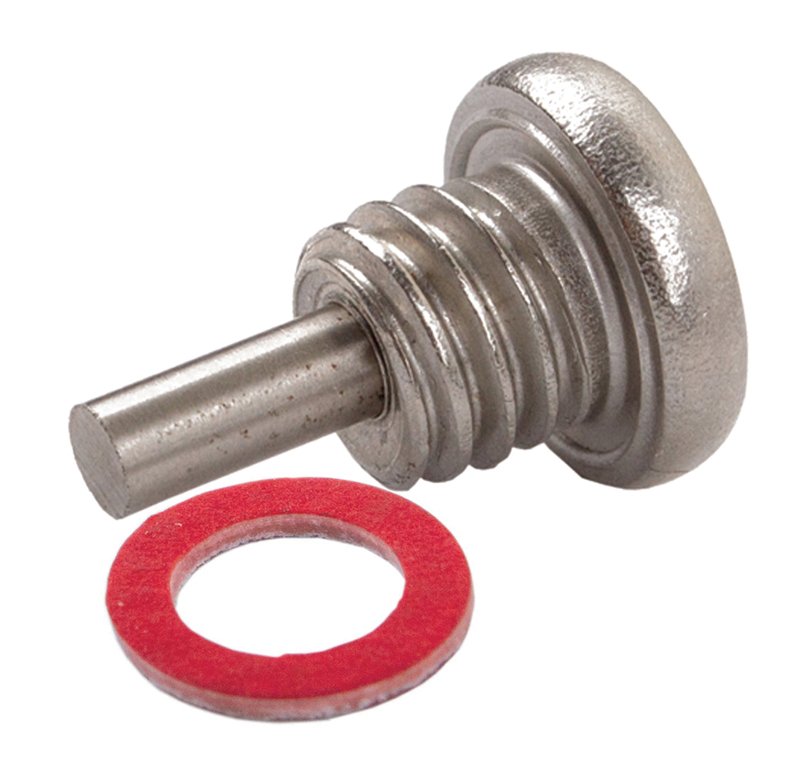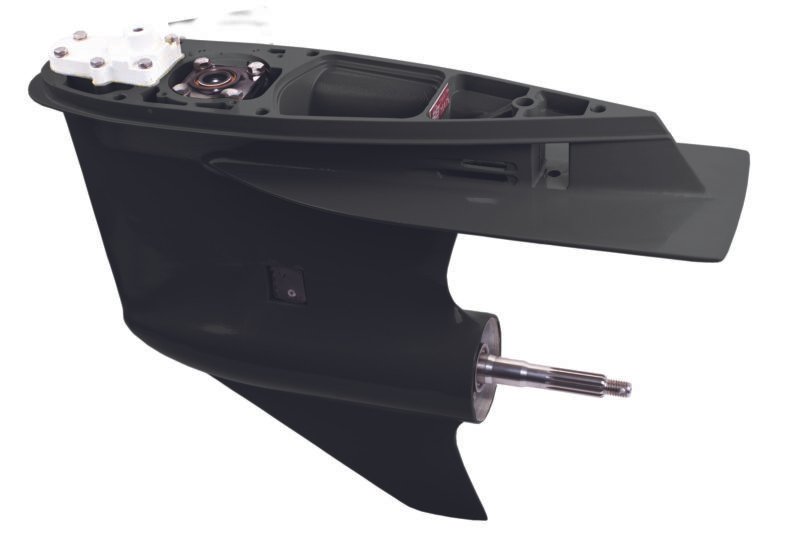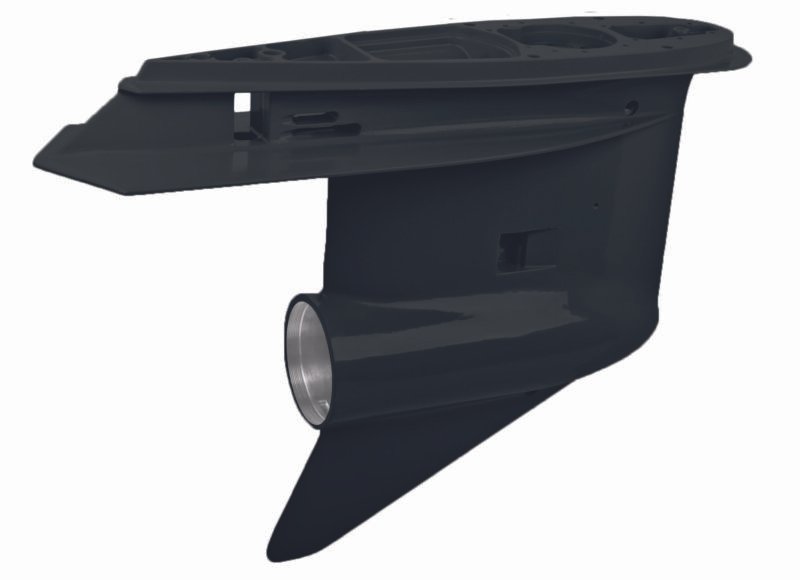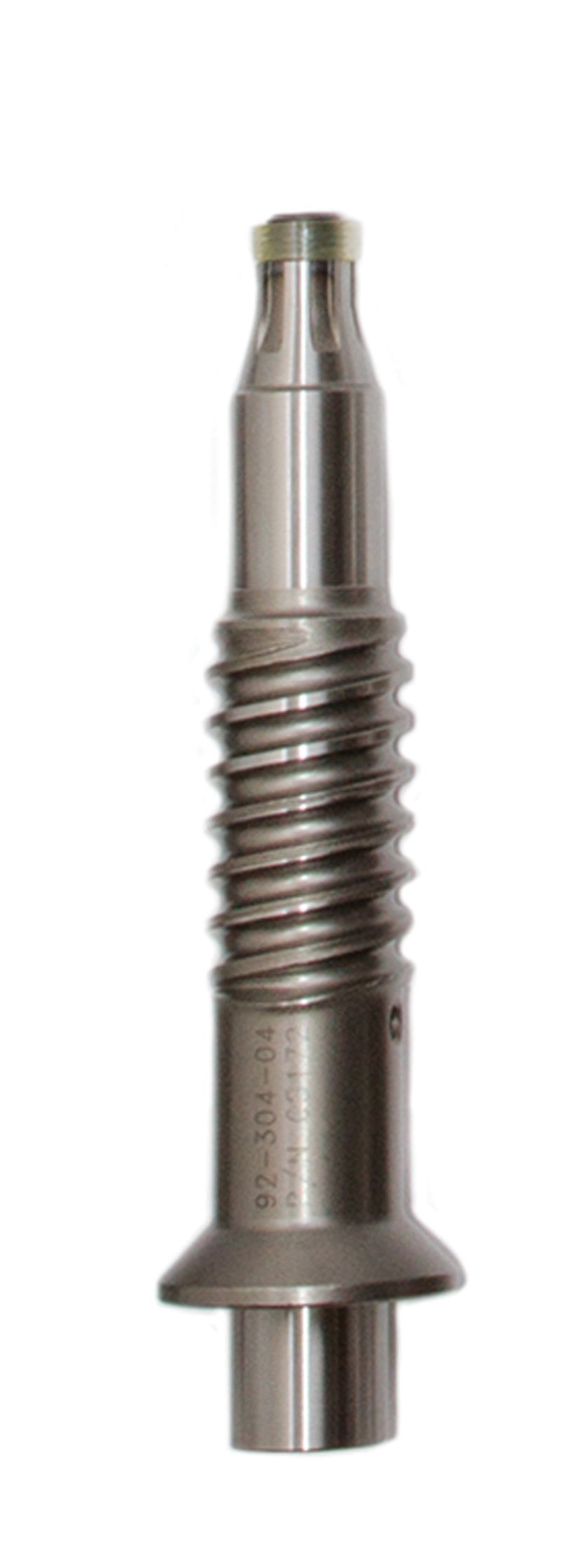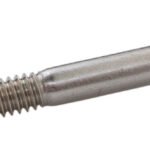
SCREW
March 20, 2024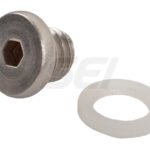
VENT PLUG
March 20, 2024
Description
- Function: The primary function of a drain plug is to provide a secure seal for an opening in a container, reservoir, or system, preventing the leakage of fluids when closed and allowing for the controlled release or drainage of fluids when opened.
- Design: Drain plugs typically consist of a threaded bolt or plug with a flat or domed head and a rubber or metal sealing washer. The plug is inserted into a threaded opening in the container or system and tightened to create a watertight seal. Some drain plugs may also feature a hexagonal or square head for easy installation and removal using a wrench or socket.
- Materials: Drain plugs are commonly made from durable materials such as steel, brass, aluminum, or plastic, chosen for their corrosion resistance, strength, and compatibility with a wide range of fluids. The sealing washer is usually made from rubber or metal to provide a reliable seal.
- Installation: To install a drain plug, it is threaded into the corresponding opening in the container or system by hand or using a wrench or socket. The plug is tightened until it forms a snug seal, preventing any leakage of fluids. Care should be taken not to overtighten the plug, as this may damage the threads or sealing washer.
- Applications: Drain plugs are used in various applications across industries such as automotive, plumbing, marine, and industrial equipment. They are commonly found in engine oil pans, transmission housings, coolant systems, hydraulic reservoirs, and fuel tanks, among others.
- Maintenance: Drain plugs generally require minimal maintenance once installed. However, periodic inspection may be necessary to ensure they remain securely tightened and free from damage or corrosion. The sealing washer should be replaced if it shows signs of wear or deterioration to maintain the integrity of the seal.

